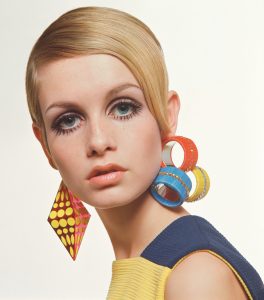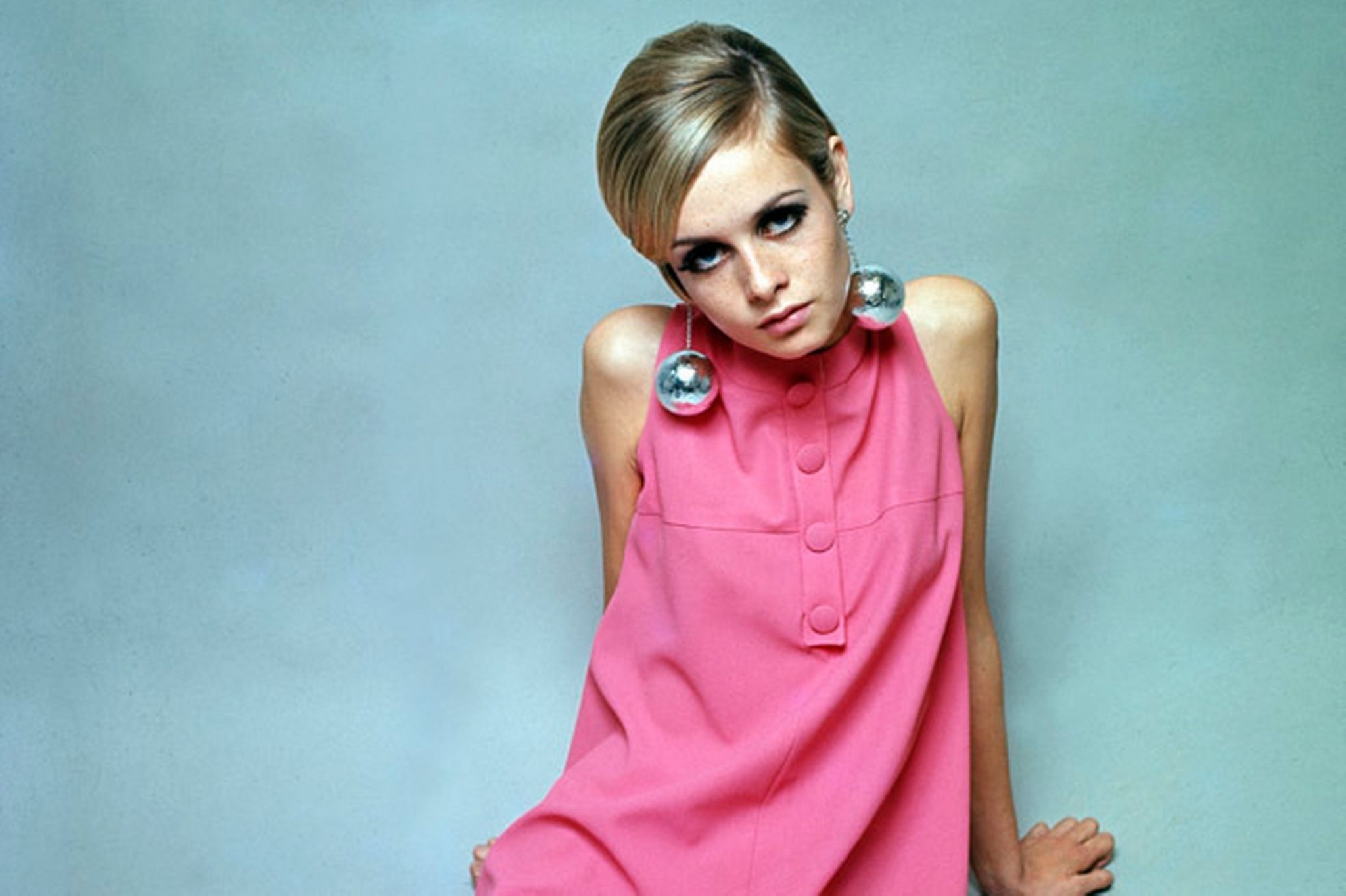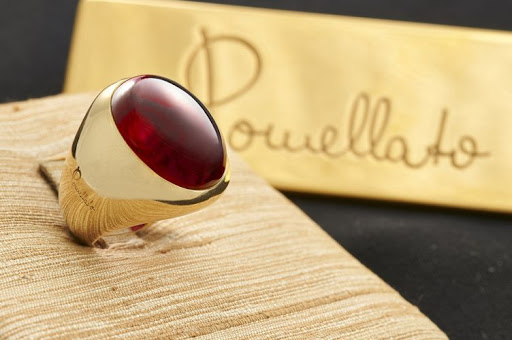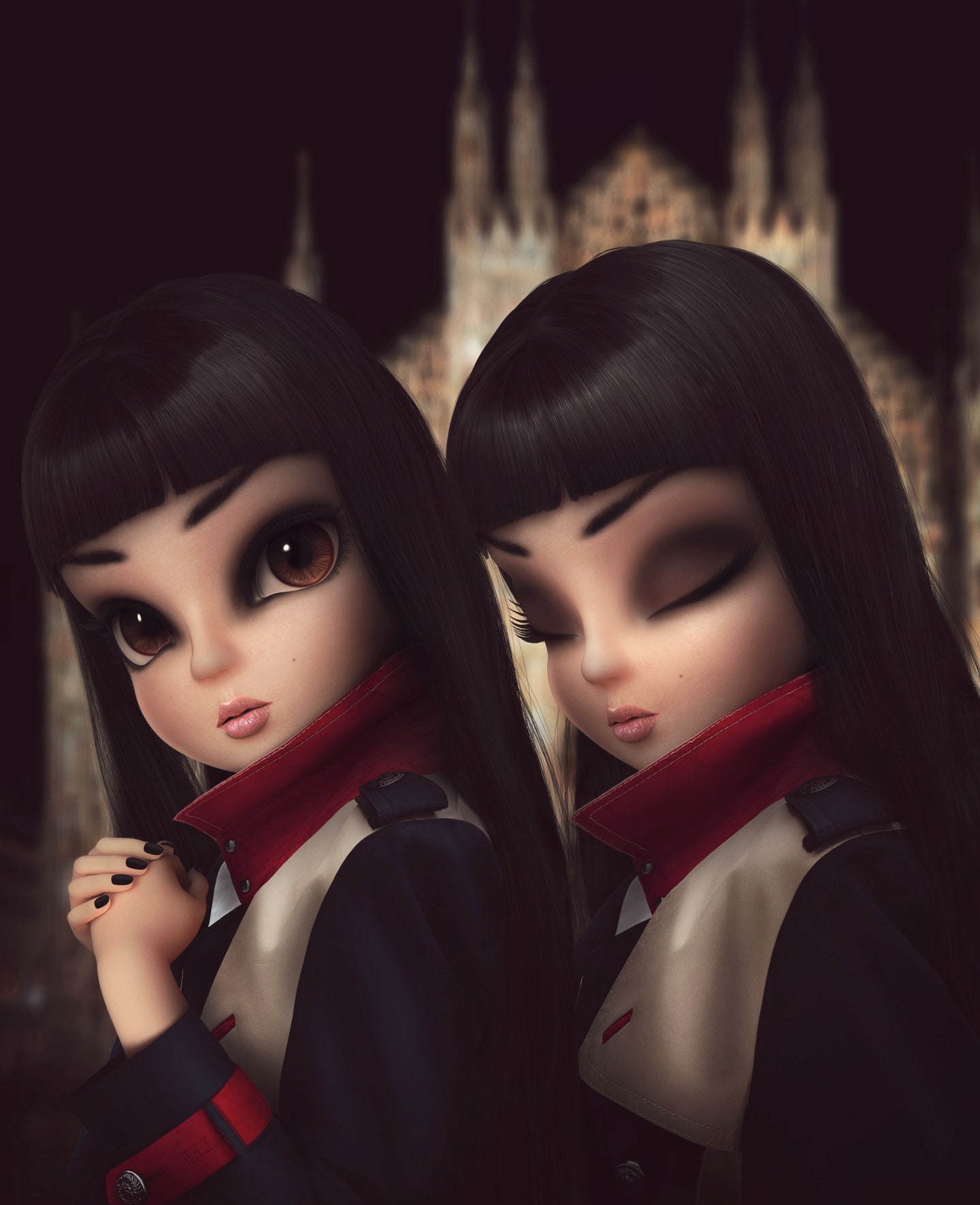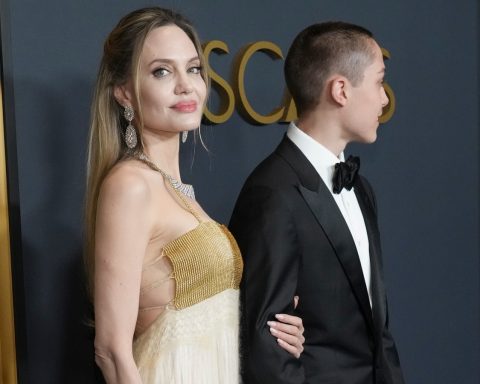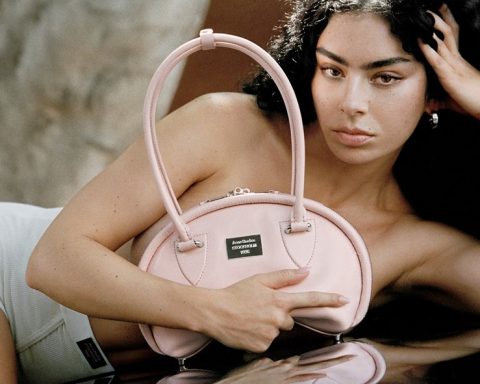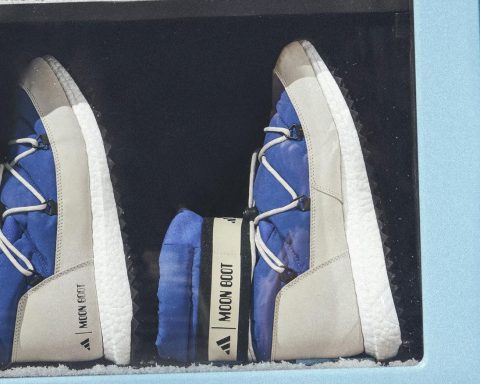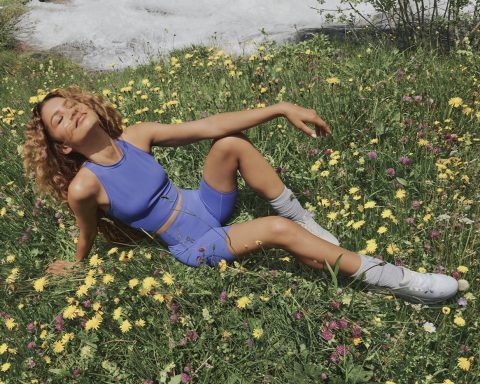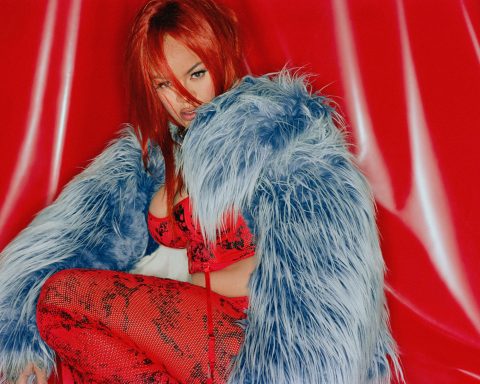In the 1960s the Western world was living important transformation and historical moments; it’s the decade where the youth was at the centre of the attention and created a new lifestyle, that wanted to fight the consumerist society. It was a time full of student’s protests, that wanted to redeem their freedom and was fighting against the Vietnam War. From the Kennedy presidency to the Moon landing and Woodstock, all these events deeply marked the society’s lifestyle.
Fashion is starting to become “democratic” because young people are now creating their style and launching new trends. These trends are getting influenced by subcultures, such as the punk movement that gradually took over society in the 70s. In the 60s the concept of mix and match started to slowly establish itself, so people began to mix different styles: moving from trends influenced by music (Beatles and Rolling Stones are now one of the most popular artists); to the protests look (destroyed jeans, tennis shoes and Montgomery coats); to looks inspired by the classic style of Breakfast at Tiffany’s in which the protagonist doesn’t have the pin-up look of the 50s but rather is embodied by the delicate Audrey Hepburn, similar to other icons of the time such as Twiggy, a 16-year-old hairdresser discovered by Mary Quant who since then became her muse and ambassador.
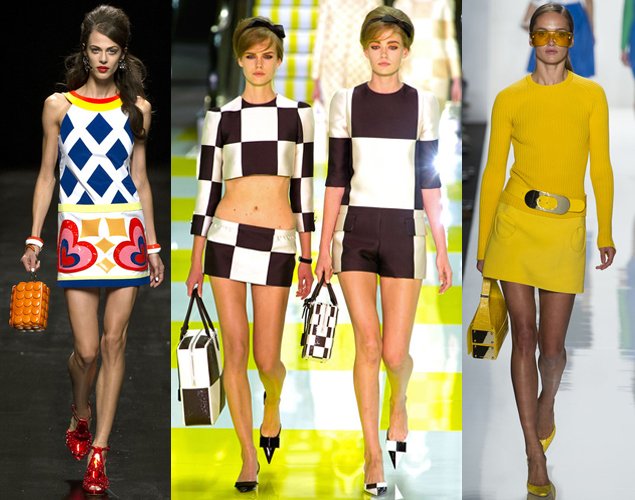
Mary Quant played a key role in the 1960s: she completely revolutionized the fashion industry with her miniskirt, short but never vulgar, matched with colourful see-through shirts for the summer and turtlenecks for the winter, like the Skinny Rib, a tight ribbed long sleeve shirt, also invented by Quant. From this decade it’s also famous the trapeze dress designed by Givenchy that could be matched with colourful tights or high-knee boots. The dresses were flared, without sinching the wast, colourful and decorated with geometrical and optical shapes, dots and stripes, for a cheeky and fresh style that started a change in womenswear fashion.
Even the accessories were evolving, the sunglasses become bigger, rounded and colourful, bags also became bigger, and shoes became “shorter”, from ballet shoes to kitten heels and the iconic Dr. Scholl mules. Are trending again, berets, headbands and head scarfs in any kind of shades and prints. Jewellery became big and colourful, almost always made in plastic.
Make-up and hair-wise, during the 1960s the eyes were at the centre of the attention. Putting aside the red lipstick and instead, giving to the gaze a doll-like effect. By using lots of mascara, but also fake eyelashes that were drawn around the eyelids, trends such as the smokey eyes and liquid eye-liner are still popular in 2020. While the hair gets shorter and follows the geometrical lines of the dresses, no curls, but bangs and bobs. The pixie cut is the it-hairstyle made popular by Jean Seberg and Mia Farrow. In the alternative, you could opt for hairdos such as buns and ponytails.
Mary Quant played a key role in the 1960s: she completely revolutionized the fashion industry with her miniskirt, short but never vulgar, matched with colourful see-through shirts for the summer and turtlenecks for the winter, like the Skinny Rib, a tight ribbed long sleeve shirt, also invented by Quant. From this decade it’s also famous the trapeze dress designed by Givenchy that could be matched with colourful tights or high-knee boots. The dresses were flared, without sinching the wast, colourful and decorated with geometrical and optical shapes, dots and stripes, for a cheeky and fresh style that started a change in womenswear fashion.
Even the accessories were evolving, the sunglasses become bigger, rounded and colourful, bags also became bigger, and shoes became “shorter”, from ballet shoes to kitten heels and the iconic Dr. Scholl mules. Are trending again, berets, headbands and head scarfs in any kind of shades and prints. Jewellery became big and colourful, almost always made in plastic.
Make-up and hair-wise, during the 1960s the eyes were at the centre of the attention. Putting aside the red lipstick and instead, giving to the gaze a doll-like effect. By using lots of mascara, but also fake eyelashes that were drawn around the eyelids, trends such as the smokey eyes and liquid eye-liner are still popular in 2020. While the hair gets shorter and follows the geometrical lines of the dresses, no curls, but bangs and bobs. The pixie cut is the it-hairstyle made popular by Jean Seberg and Mia Farrow. In the alternative, you could opt for hairdos such as buns and ponytails.
